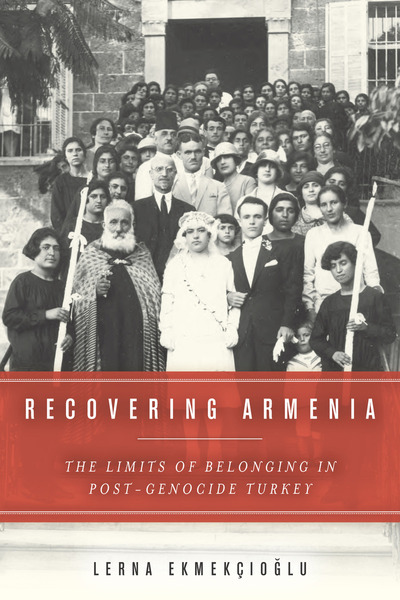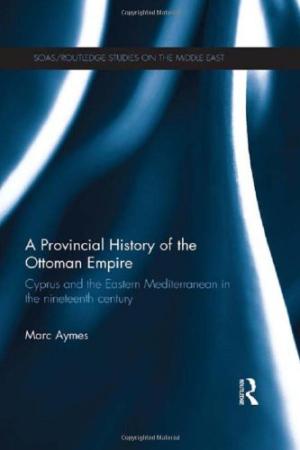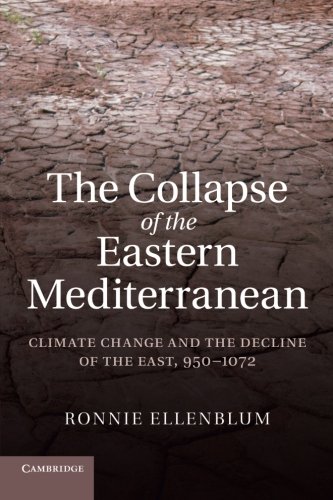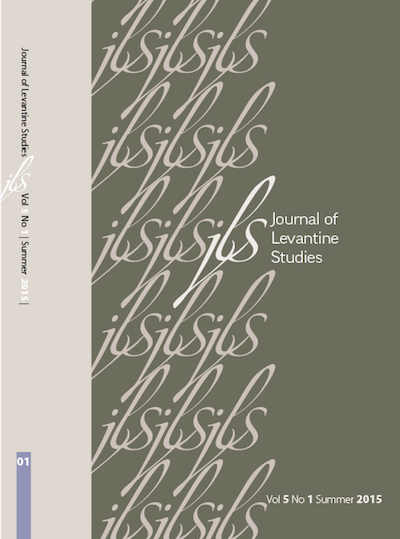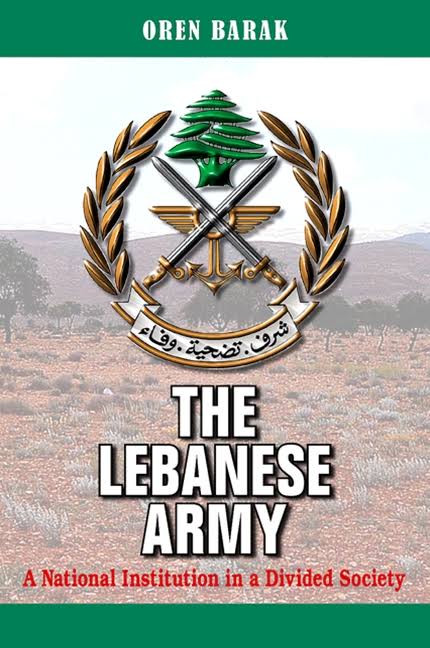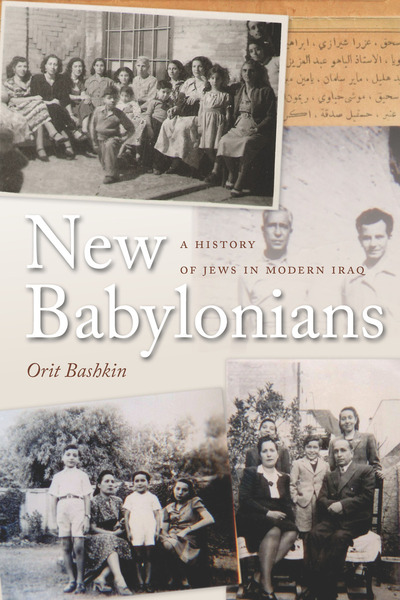-
Add to cartQuick view
Elizabeth F. Thompson. Justice Interrupted: The Struggle for Constitutional Government in the Middle East. Cambridge, MA: Harvard University Press, 2013. 432 pp.
Elizabeth F. Thompson. Justice Interrupted: The Struggle for Constitutional Government in the Middle East. Cambridge, MA: Harvard University Press, 2013. 432 pp.
$5.00Free!Add to cartQuick view -
Add to cartQuick view
Lerna Ekmekçioğlu, Recovering Armenia: The Limits of Belonging in Post-Genocide Turkey. Palo Alto, CA: Stanford University Press, 2016. 240 pp.
Free!Lerna Ekmekçioğlu, Recovering Armenia: The Limits of Belonging in Post-Genocide Turkey. Palo Alto, CA: Stanford University Press, 2016. 240 pp.
Add to cartQuick view -
Add to cartQuick view
Marc Aymes. A Provincial History of the Ottoman Empire: Cyprus and the Eastern Mediterranean in the Nineteenth Century. Oxon: Routledge, 2013. 240 pp.
Marc Aymes. A Provincial History of the Ottoman Empire: Cyprus and the Eastern Mediterranean in the Nineteenth Century. Oxon: Routledge, 2013. 240 pp.
$5.00Free!Add to cartQuick view -
Add to cartQuick view
Marvine Howe. Al-Andalus Rediscovered: Iberia’s New Muslims. London: Hurst, 2012. 289 pp.
Marvine Howe. Al-Andalus Rediscovered: Iberia’s New Muslims. London: Hurst, 2012. 289 pp.
$5.00Free!Add to cartQuick view -
Add to cartQuick view
Of Vines, Fig Trees and the Ashes of Bigotry
Free!In 1790 the head of the Jewish Congregation of Newport, Rhode Island, approached George Washington, the first president of the new United States, leading to an exchange of letters between Moses Seixas (1744–1809), warden of the Newport Community, and Washington. This essay begins with an analysis of the biblical context of the exchange between the two, which provided the background for Washington’s beautiful statement on the freedoms that an exilic minority people could hope for. In his reply to Seixas, Washington invoked the powerful biblical image of the vine and the fig tree in his words of assurance to the Jewish community. Reconstructing this context helps to clarify questions regarding the boundaries within which such a people can operate as a distinct group. I show that the original context within which the phrase about a vine and fig tree is expressed was in effect a contract between the sovereign and the ruled.
Later in this essay, I turn to an instance of a new sovereign breaking his promise right after assuming power. Having received assurances of religious tolerance from Isabella I of Castile and Ferdinand II of Aragon, King Boabdil, the last sultan of the kingdom of Granada, surrendered to the Reyes Católicos. This understanding, however, did not last.
Against the backdrop of the Spanish Inquisition that ensued, I discuss the theme of book burning through history. Such events, I argue, present the exact opposite of what Washington argued for in his letter: they highlight the connection between religious intolerance and violence. Reflecting on book burnings gives us an opportunity to explore the processes of the destruction of one culture and the creation of a new one on its ruins.Add to cartQuick view -
Add to cartQuick view
Ronald Grigor Suny, “They Can Live in the Desert but Nowhere Else”: A History of the Armenian Genocide. Princeton, NJ: Princeton University Press, 2015. 520 pp.
Ronald Grigor Suny, “They Can Live in the Desert but Nowhere Else”: A History of the Armenian Genocide. Princeton, NJ: Princeton University Press, 2015. 520 pp.
$5.00Free!Add to cartQuick view -
Add to cartQuick view
Ronnie Ellenblum. The Collapse of the Eastern Mediterranean: Climate Change and the Decline of the East, 950-1072. Cambridge: Cambridge University Press, 2012. 270 pp.
Ronnie Ellenblum. The Collapse of the Eastern Mediterranean: Climate Change and the Decline of the East, 950-1072. Cambridge: Cambridge University Press, 2012. 270 pp.
$5.00Free!Add to cartQuick view -
Add to cartQuick view
The Rear Side of the Front: Gaza and Its People in World War I
Free!During the First World War, the city of Gaza, a regional hub of forty thousand souls and a major market and exporter of grains, turned into a battlefield. While the military and political consequences of this arena are well researched, this article examines its civil and social aspects as well, in order to better understand the story of the First World War in Palestine. Using both British and Ottoman documentation alongside civil accounts and memoirs, the article discusses the reasons, methods, and effects of the city’s complete evacuation and the massive destruction of its physical environment. The civil perspective of the war reflected in the fate of Gaza poses a challenge to common chronological and spatial presumptions about the war itself, and it allows a rethinking of the Mandate period in the light of postwar circumstances.
Add to cartQuick view -
 Add to cartQuick view
Add to cartQuick viewGender, Religion, and Secularism in the English Mission Hospital of Jerusalem, 1844–1880
Free!This article offers new insights into the operation of the Mission Hospital built in Jerusalem in 1844 by the London Society for Promoting Christianity amongst the Jews (LJS) and the space that was created within it. I argue that the encounter in Jerusalem between Jewish women and the missionaries worked to create a liminal space that was neither religious nor secular, neither Jewish nor Christian, but all (and none) of these at once. I draw on Olwen Hufton’s concept of the “economy of makeshifts” to portray the hospital’s unique space. Based on the existing literature and new evidence, I show that in effect the Mission Hospital served women more than men, and I suggest that the gender composition of the patients allowed the hospital to succeed and helped to shape its operation. After a brief review of the literature, I introduce the LJS and compare its Jerusalem medical mission with contemporary medical institutions in England. I then expand on evidence showing that the Mission Hospital was in fact more of a women’s hospital and suggest why that was the case.
Add to cartQuick view -
Add to cartQuick view
May Your Sons Settle the Land: David Ben-Gurion’s Attitude toward Tel Aviv as Reflected in the Press
Free!With the establishment of the State of Israel and the reduction of power and political status that the Tel Aviv municipality had enjoyed under the British Mandate, an open confrontation erupted between the central government, led by the Mapai Party, and Tel Aviv’s municipal government, aligned with the General Zionists. This dogged struggle was thoroughly covered in the Hebrew press, which at the time consisted partly of partisan newspapers. This article examines and analyzes the attitude of David Ben-Gurion, Israel’s first prime minister, toward Tel Aviv in particular and toward the process of urbanization in the state in general. Through the prism of Tel Aviv, the article defines and analyzes Ben-Gurion’s ambivalent attitude toward the emergent Israeli urbanization. To understand Ben-Gurion’s attitude toward both urbanization and Tel Aviv, the article also examines the underlying approach of the leadership of the Yishuv, and later of the state, toward cities as opposed to rural areas, and it considers the settlement strategy during the Mandate and the early years of the state. Did Ben-Gurion indeed seek to disperse Tel Aviv’s residents throughout the country? Did he turn his back on the city he had lived in and in which he had declared the independence of the State of Israel? The article deals with these and other questions.
Add to cartQuick view -
Add to cartQuick view
Orit Bashkin, New Babylonians: A History of Jews in Modern Iraq Stanford: Stanford University Press, 2012. 328 pp.
Orit Bashkin, New Babylonians: A History of Jews in Modern Iraq. Stanford: Stanford University Press, 2012. 328 pp.
$5.00Free!Add to cartQuick view
- Home
- About JLS
- Issues
- Vol. 9 No. 1 | Summer 2019
- Vol 8 No 2 Winter 2018
- Vol. 8, No. 1: Summer 2018
- Vol. 7, No. 2: Winter 2017
- Vol. 7, 1: Summer 2017
- Vol. 6, Summer/Winter 2016
- Vol. 5, No. 2 Winter 2015
- Vol. 5, No. 1 Summer 2015
- Vol. 4, No. 2 Winter 2014
- Vol. 4, No. 1 Summer 2014
- Vol. 3, No. 2 Winter 2013
- Vol. 3, No. 1 Summer 2013
- Vol. 2, No. 2 Winter 2012
- Vol. 2, No. 1 Summer 2012
- Vol. 1, No. 2 Winter 2011
- Vol. 1, No. 1 Summer 2011
- Blog
- dock-uments
- Subscribe
- Submit
- Contact

